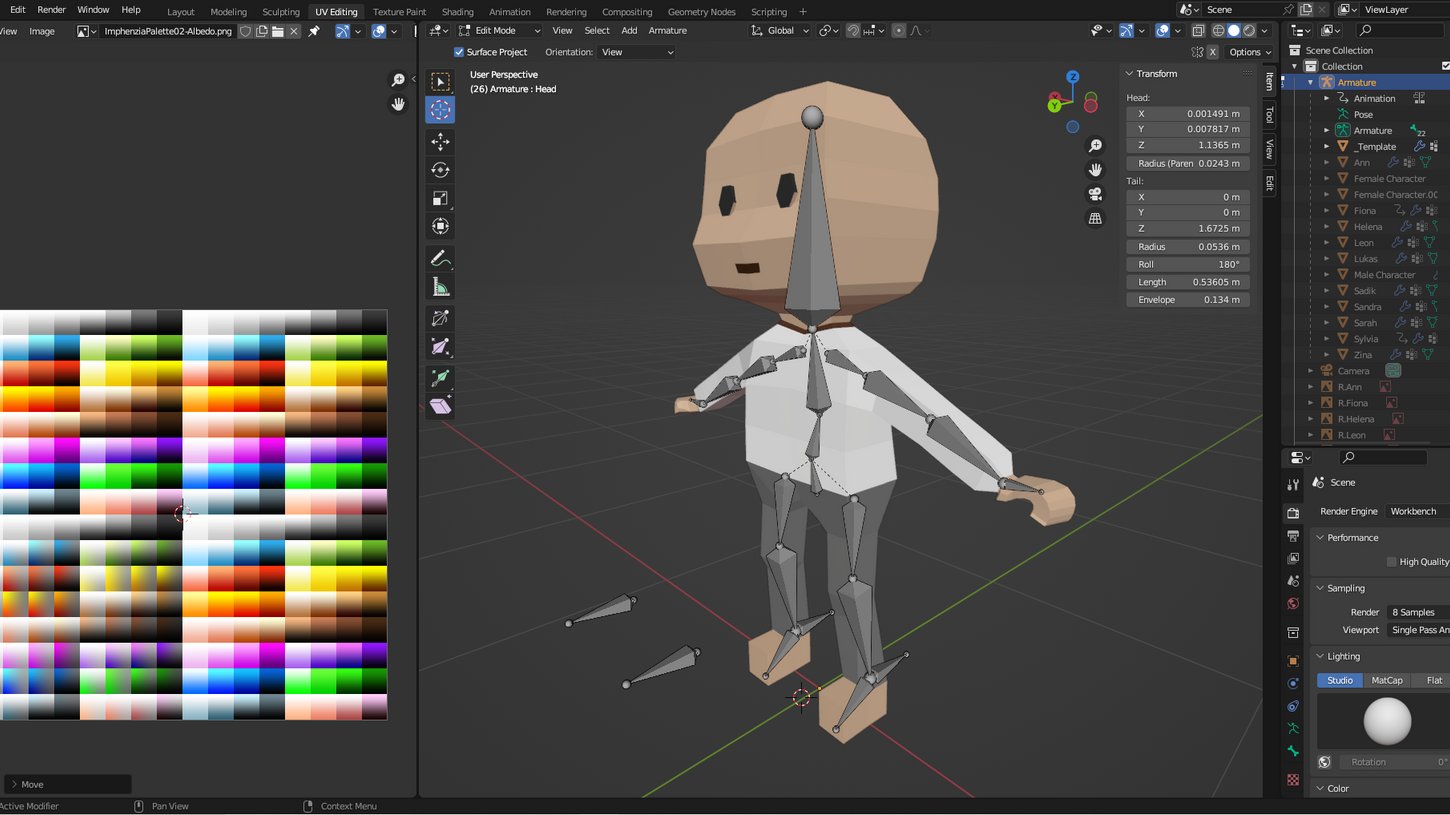© 2025 by Svenja Kastner.
Bachelor's Thesis
Development Project
Goal: Explore the uncanny valley effect in virtual reality by examining physiological responses, specifically S-IgA antibody levels in saliva, in different virtual agent conditions. The study was conducted using a between-subjects design in VR with the Meta Quest 2 headset.

Client
University of Hamburg
Role
Bachelor student
Date
April 2024
Location
Hamburg, Germany

Unity

C#

Blender

Mixamo
Challenges
I created three different sets of 10 virtual agents, each with varying levels of realism: cartoon-style agents (modeled in Blender), uncanny agents, and realistic agents animated using Mixamo and facial motion capture. All participants experienced the same virtual bus stop environment, but were exposed to one type of agent depending on their assigned condition. Participants were asked to approach the agents and make eye contact until the agents smiled. Creating believable facial animations, syncing behavior with participant interaction, and maintaining performance in Unity were key challenges throughout the project.
Learnings
This project allowed me to combine design, animation, and experimental research. I gained hands-on experience in Unity, Blender, and Mixamo, while deepening my understanding of user studies in VR. I also learned how to collect and analyze physiological data and manage a between-subject experimental design in an immersive environment.



